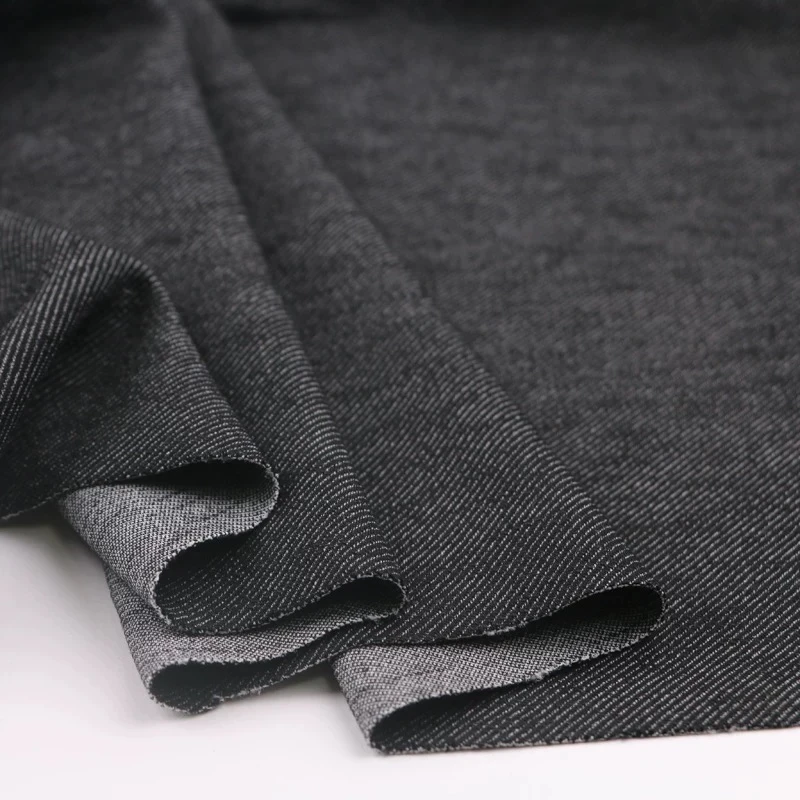Exploring the Properties and Applications of Sulphur Black 1 Dye in Textile Industry
Understanding Sulphur Black 1 A Comprehensive Overview
Sulphur Black 1 is a widely used dye in the textile industry, particularly known for its rich, deep black coloration. This organic dye is derived from the oxidation of sulfur, which allows it to penetrate fibers effectively, making it particularly suitable for cotton and other cellulosic materials. In this article, we will delve into the properties, applications, and environmental considerations surrounding Sulphur Black 1, highlighting why it remains a staple in dyeing processes.
Properties of Sulphur Black 1
Sulphur Black 1 is characterized by its excellent lightfastness and washfastness, making it ideal for garments and textiles that require durability and resilience under regular washing conditions. This dye is also known for its ability to provide a uniform black shade even on varying fabric types and colors. The dyeing process typically involves a two-step reaction where the dye is reduced to a soluble form in an alkaline environment to allow it to penetrate the fibers before being oxidized back to its original black color.
Moreover, Sulphur Black 1 is available in various forms, including powder, granules, and liquid solutions, providing flexibility for different application methods. Its solubility in alkaline solutions promotes easier handling and mixing, which can be particularly advantageous in industrial settings.
Applications in the Textile Industry
The primary application of Sulphur Black 1 is in the dyeing of cotton textiles, where it achieves a deep, rich black color. It is commonly used in the production of denim fabrics, bed linens, and various apparel items. The dye's stability allows it to withstand the rigors of washing and exposure to light, which is essential for consumer satisfaction.
sulphur black 1 product

Beyond textiles, Sulphur Black 1 finds application in the dyeing of paper and other cellulose-based products. Its ability to dye various substrates makes it a versatile choice for manufacturers looking for cost-effective and consistent color performance.
Environmental Considerations
As with many chemical products, the use of Sulphur Black 1 raises environmental concerns. The dyeing industry is notorious for its impact on water pollution, particularly when dyes are not adequately treated before being discharged into water bodies. Sulphur dyes, including Sulphur Black 1, can yield harmful by-products during manufacturing and application processes.
To address these environmental challenges, many manufacturers are actively seeking ways to improve their dyeing practices. Innovations such as closed-loop systems and advanced wastewater treatment processes are being implemented to mitigate the environmental footprint of dyeing operations. Furthermore, there is a growing trend towards the use of more sustainable and eco-friendly dyeing alternatives, which serve to reduce reliance on traditional synthetic dyes and promote a more sustainable textile industry.
Conclusion
Sulphur Black 1 remains a significant player in textile dyeing, noted for its rich black coloration and longevity. Despite the environmental challenges associated with its use, ongoing advancements in dyeing technology and manufacturer practices hold promise for a more sustainable approach. As the global demand for textile products continues to grow, it is paramount for the industry to balance aesthetic desires with environmental responsibilities. By embracing innovative solutions and sustainable practices, the textile industry can continue to utilize dyes like Sulphur Black 1 while minimizing their ecological impact. As consumers increasingly prioritize sustainability, the future of dyeing processes will likely pivot towards greener alternatives without compromising quality and performance.
-
The Timeless Art of Denim Indigo Dye
NewsJul.01,2025
-
The Rise of Sulfur Dyed Denim
NewsJul.01,2025
-
The Rich Revival of the Best Indigo Dye
NewsJul.01,2025
-
The Enduring Strength of Sulphur Black
NewsJul.01,2025
-
The Ancient Art of Chinese Indigo Dye
NewsJul.01,2025
-
Industry Power of Indigo
NewsJul.01,2025
-
Black Sulfur is Leading the Next Wave
NewsJul.01,2025

Sulphur Black
1.Name: sulphur black; Sulfur Black; Sulphur Black 1;
2.Structure formula:
3.Molecule formula: C6H4N2O5
4.CAS No.: 1326-82-5
5.HS code: 32041911
6.Product specification:Appearance:black phosphorus flakes; black liquid

Bromo Indigo; Vat Bromo-Indigo; C.I.Vat Blue 5
1.Name: Bromo indigo; Vat bromo-indigo; C.I.Vat blue 5;
2.Structure formula:
3.Molecule formula: C16H6Br4N2O2
4.CAS No.: 2475-31-2
5.HS code: 3204151000 6.Major usage and instruction: Be mainly used to dye cotton fabrics.

Indigo Blue Vat Blue
1.Name: indigo blue,vat blue 1,
2.Structure formula:
3.Molecule formula: C16H10N2O2
4.. CAS No.: 482-89-3
5.Molecule weight: 262.62
6.HS code: 3204151000
7.Major usage and instruction: Be mainly used to dye cotton fabrics.

